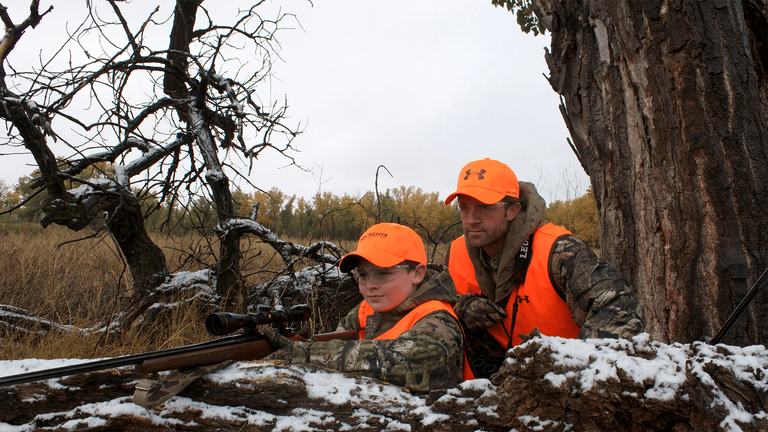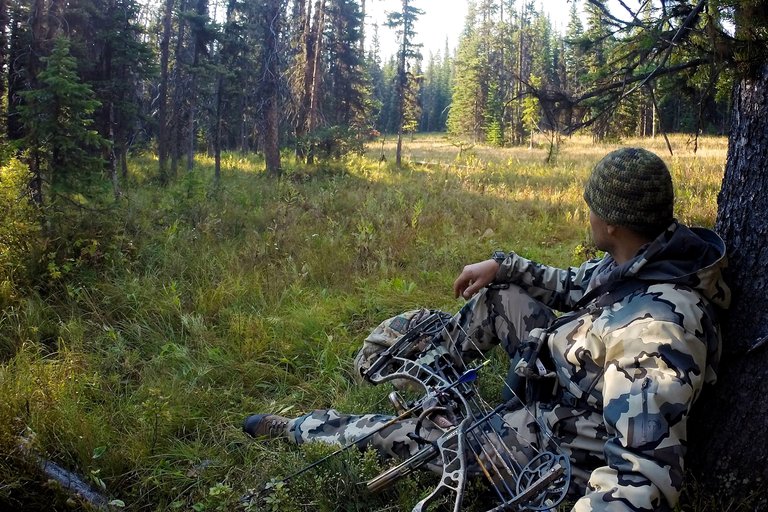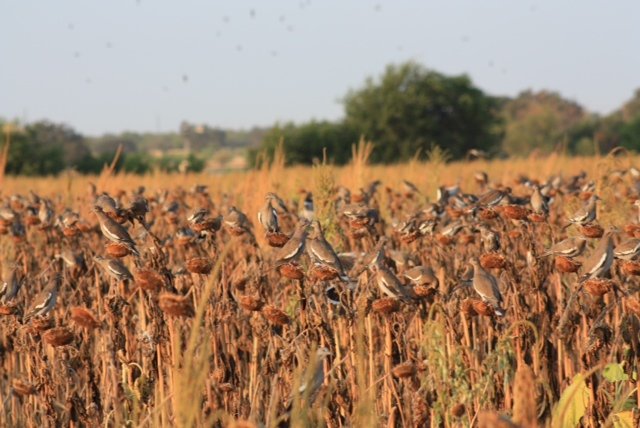Choosing the Right Shotgun for Dove Hunting
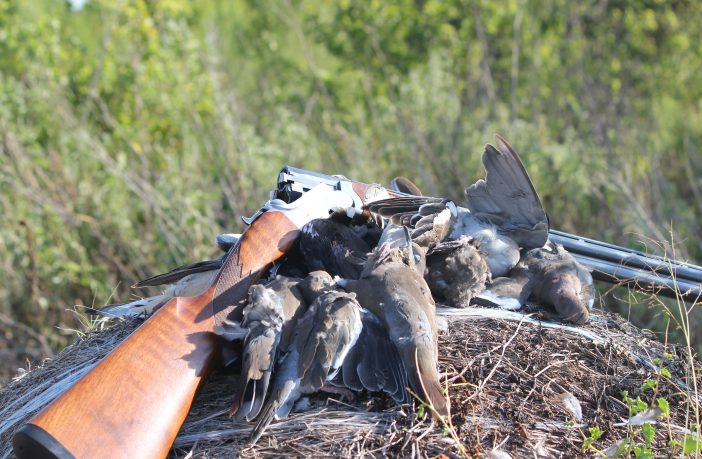
If you are new to dove hunting or looking to upgrade your firearm, it’s important to make an informed decision when purchasing your new firearm. The cost of a shotgun ranges from a few hundred to several thousands of dollars and, for many buyers, budget is an important factor. While almost any shotgun can be used for dove hunting, some shotguns are better suited for this widely hunted bird. First, let's go over the basic types of shotguns.
Which Type of Shotgun is Right for You?
Break-Action Shotguns
The simplest shotgun is the break-action. You simply break open the barrel, insert the shell (or shells), close the barrel, aim, and fire. This simplicity makes it extremely reliable, which is why this style is so popular—especially with beginners. Break-action shotguns come in single shot or double-barreled, with the double barrels being side-by-side or over/under. Although the single shot is relatively inexpensive, the more expensive double-barrel models are preferred for the fast flying, elusive dove.
Pump-Action Shotguns
Until recently, the pump-action was the best-selling shotgun in America, with the best-selling models being the Mossberg 500 and the Remington 870—each selling over 10 million units. This shotgun gets its name because of the way it is cycled. Along the barrel is a pump device called the forearm. Pulling the forearm back ejects the old shell, and moving it forward pulls a new shell from the magazine and puts it into the chamber, making the shotgun ready to fire.
One issue some hunters have with the pump-action shotgun is short-stroking. Short-stroking occurs when the pump action isn’t fully completed, so the next shot can’t fire. Hunters with shorter arms, or those who hold the forearm too close to the rear, could have difficulty pulling the forearm all the way back. Sometimes, when rushing to get a second shot off, a hunter may not fully complete the action. Short-stroking can, at times, cause the shotgun to jam. However, short-stroking is usually not the fault of the gun. Short-armed hunters can get a shorter barreled shotgun to compensate. Practicing before going into the field allows a hunter to become accustomed to the action.
Autoloaders (Semi-Automatic)
The top-selling shotguns in America today are autoloaders mostly because of their ability to fire off multiple shots without the hunter having to do anything but point and pull the trigger for each shot. There are two types of autoloaders, gas- and inertia-operated. In gas-operated autoloaders, gasses created by the explosion of the shell are bled into holes in the barrel of the shotgun. Those gasses compress a piston to move backward to eject the spent shell. A spring pushes the piston back forward to pull the new shell into the chamber. It’s the same principle as the pump-action shotgun, only the shotgun does the work for you. Inertia-operated autoloaders use the same principle, only it is the recoil action that triggers the eject and reload process.
Although they are heavier, gas autoloaders have the advantage of having the least recoil of any other type of shotgun. The multi-shot advantage of autoloaders is somewhat negated by federal regulations that state you cannot hunt migratory game birds, which includes doves, with a shotgun that can hold more than three shells, unless you plug it.
Dove Hunting Tips
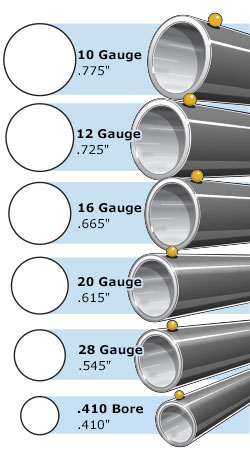
Hunting dove is similar to duck hunting in a blind—without the marsh. Often fields attractive to doves will be close to a road.
This means that, unlike hunting for many other upland game birds, you won’t need to worry about carrying a heavy shotgun all day. For that reason, many hunters like the autoloader’s soft recoil and ability to fire off many shots without reloading.
Others prefer the lighter weight and reliability of the pump-action. While still others swear by the smooth action of an over/under double-barrel. What makes the most difference in dove hunting is not the type of shotgun; it is the gauge, shot size, and choke.
When Choosing a Shotgun for Dove Hunting, These Are the Most Important Factors
Gauge
What you need to remember concerning gauge is that the smaller the number, the wider the diameter of the barrel and the larger the shell. The two gauges most used for dove hunting are the 12-gauge and the 20-gauge. The 20-gauge is preferred by those wanting a lighter shotgun that has less recoil.
Shot Size
Shot size refers to the number of pellets in a shell. It doesn’t take a large pellet to down a dove, so smaller shot sizes give you more pellets per shot, improving your chances of hitting the dove. Most dove hunters opt for shot sizes between 7 ½ and 9, with 8 being the most recommended.
Choke
For dove hunting, the Improved Cylinder choke offers the widest shot pattern at the typical dove-hunting range of 30 yards or less.
The choke is found at the end of the barrel, and its purpose is to shape the spread of the shot. In the past, many hunters opted for the modified choke to have an all-around shotgun. Today, most shotguns have screw-in chokes that can be changed, so you can match the choke to the conditions.
Wary, elusive, and speedy, the dove offers a fun challenge to the hunter; and having the right firearm will help to ensure a successful hunt. Practicing before going into the field not only gets you used to your shotgun but also helps your aim. So, choose your shotgun, grab your shells, and go have fun!
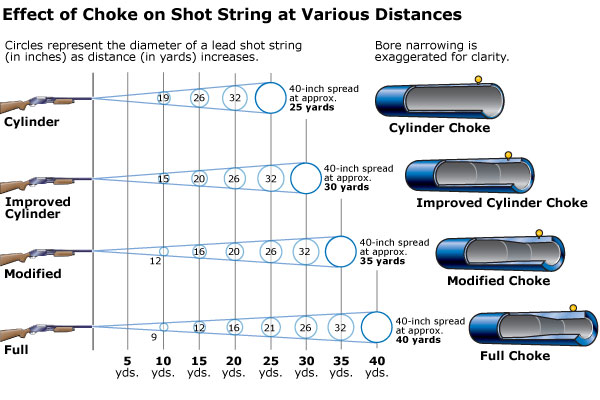
Article by Don Pope

